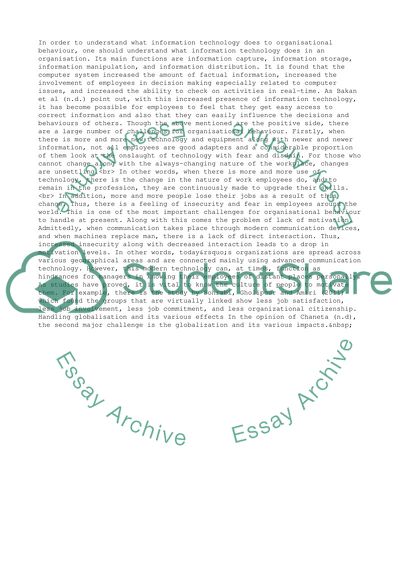Cite this document
(Managing Incorporation of Technology and Consequent Organisational Coursework, n.d.)
Managing Incorporation of Technology and Consequent Organisational Coursework. Retrieved from https://studentshare.org/management/1437412-organisational
Managing Incorporation of Technology and Consequent Organisational Coursework. Retrieved from https://studentshare.org/management/1437412-organisational
(Managing Incorporation of Technology and Consequent Organisational Coursework)
Managing Incorporation of Technology and Consequent Organisational Coursework. https://studentshare.org/management/1437412-organisational.
Managing Incorporation of Technology and Consequent Organisational Coursework. https://studentshare.org/management/1437412-organisational.
“Managing Incorporation of Technology and Consequent Organisational Coursework”, n.d. https://studentshare.org/management/1437412-organisational.


